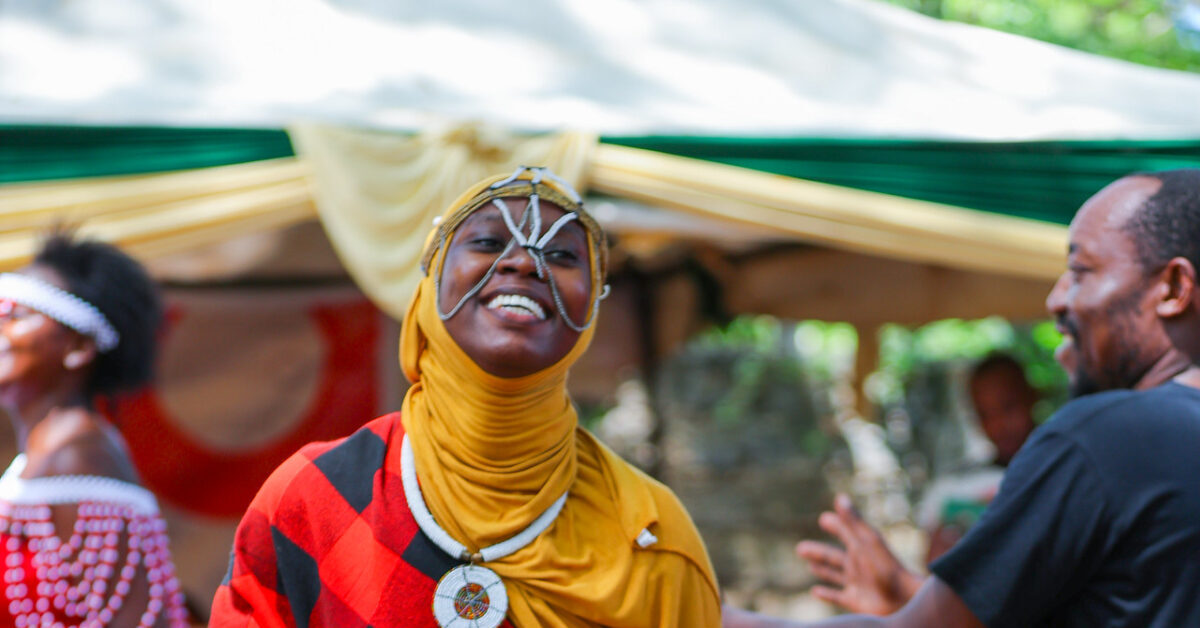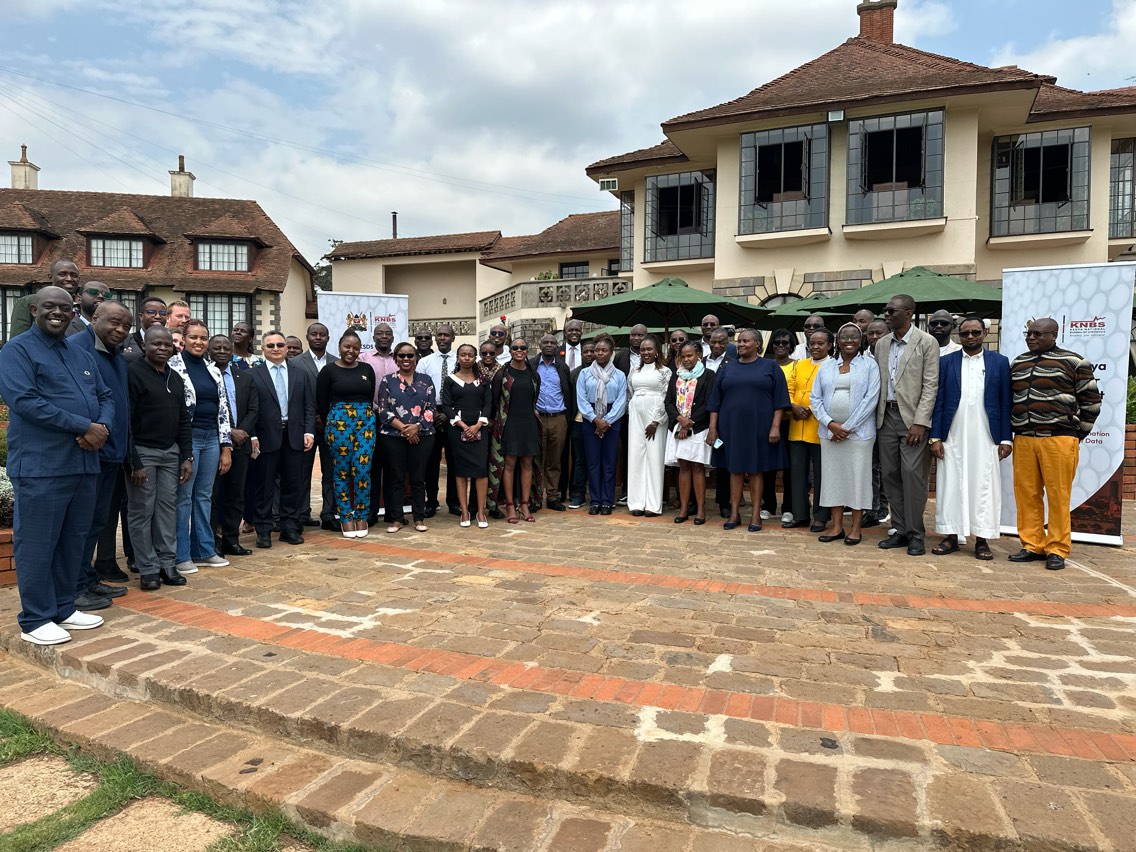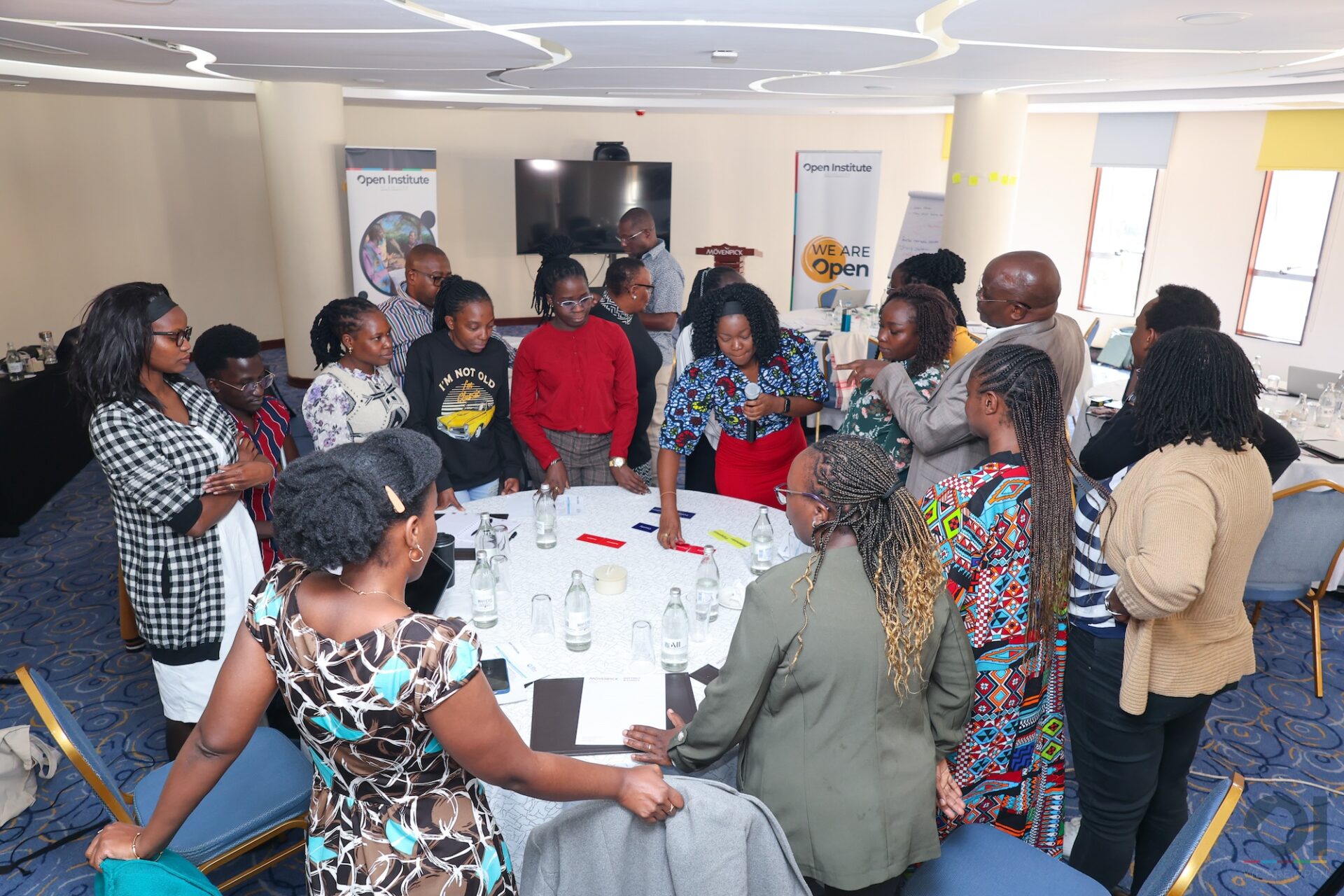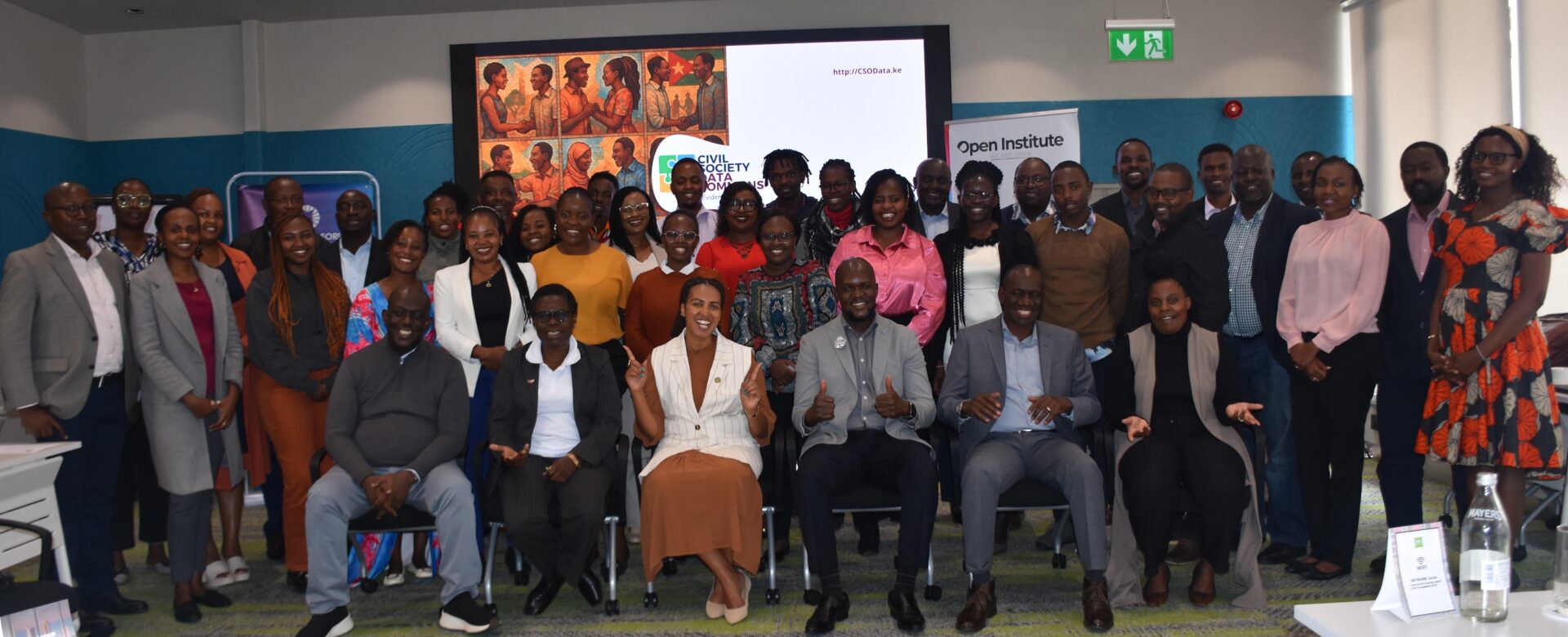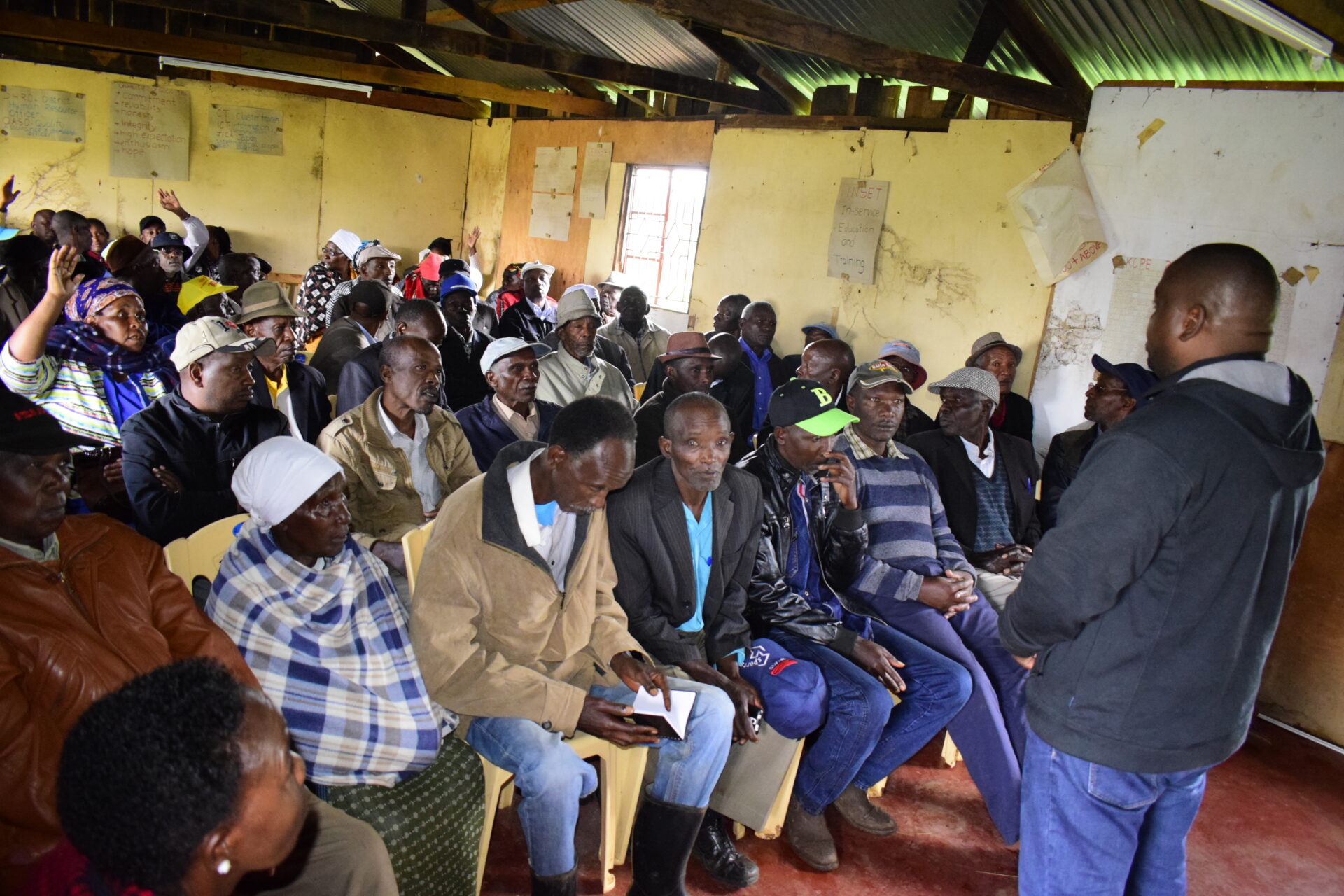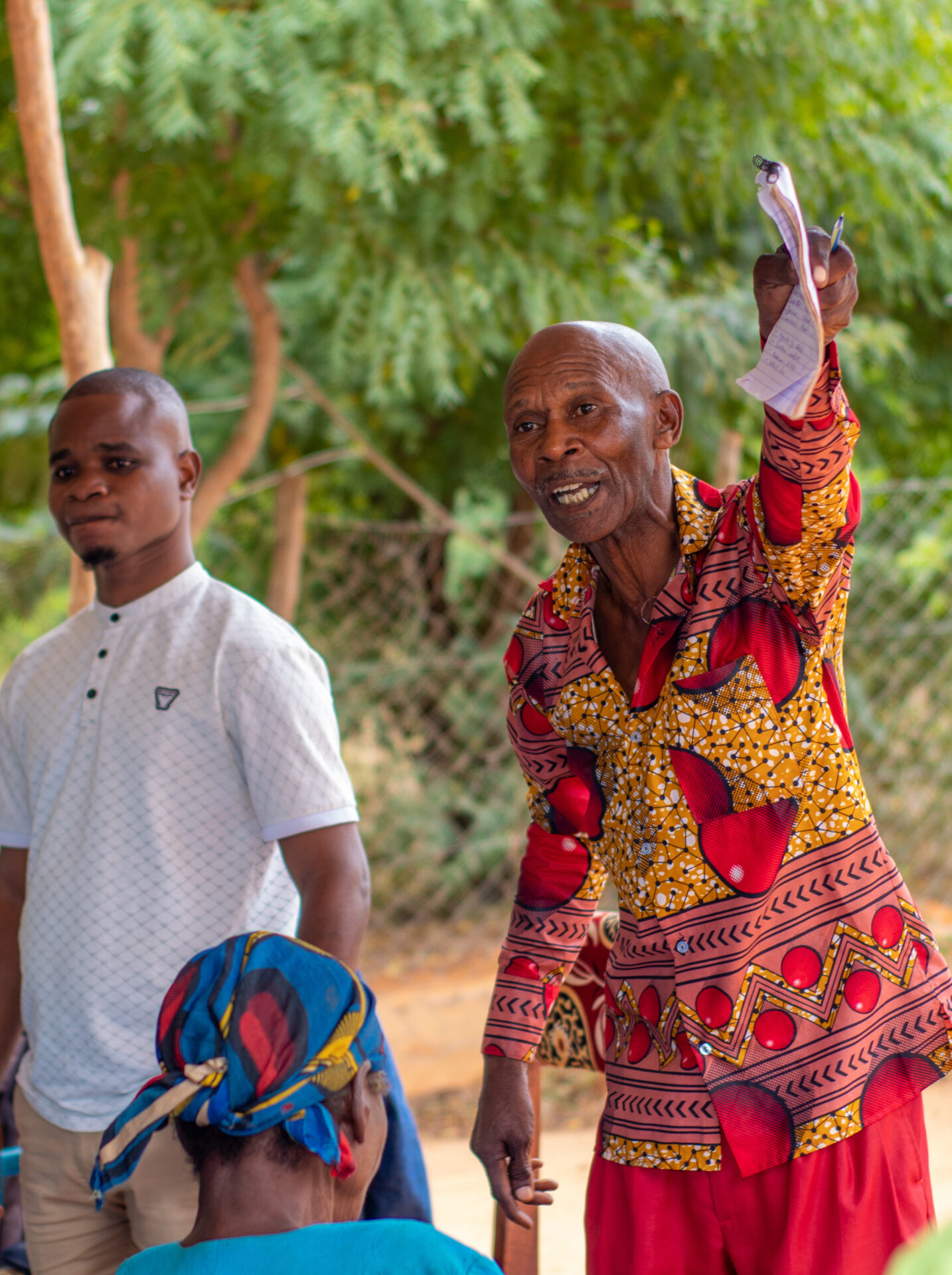Sometimes, our blog posts are so high level that we forget to give the interesting minutiae and details of our experience when we go every week. We are currently working in Lanet Umoja location working with women groups to collect SDG 5 data in partnership with Civicus Datashift and with the leadership of Chief Kariuki and his assistants.
— here we go.
It’s just about 5:30 am and am in South-B in Nairobi, to pick up Kevin and Dorcie for the trip to Lanet. It’s been almost a month since I officially joined the Open Institute team and this is going to be the third such trip, but there’s something more special to it. I will be doing it for the first time without our managing colleagues and I am both slightly nervous and intrigued about the trip.
The plan was to leave Nairobi early so as to hopefully get to Lanet-Umoja location in Nakuru by 8am, but somehow we still hadn’t left by 5:45 due to delays here and there. Finally we were on our way at about 10 to six, and after a rather uneventful 2 or so hours, we arrived at our destination. We headed to our usual stop-over for breakfast (they know us by name by now) and quick review of the day ahead.
At 9am, we started making calls to the Chiefs to find out more about the groups we were meant to meet, and coincidentally, each of the chiefs had groups meeting at exactly 10am, in their different locations. Even more coincidental was that we were three in number so it meant we had to split up to cover all three sub-locations.
We started off by dropping Kevin at Assistant Chief Maina’s office at Kiamunyeki sub-location. Since we had reached rather early, we had to wait for the chief to handle his morning meetings first – quite okay with us, considering Kevin was going to to pull him from his office to visit the women groups. By the time the Chief was done it was already just about 10am, so the nervousness had started building up again, in my mind, we were already late! Questions kept racing through my mind, will we manage to cover all grounds as we had planned? Will the members of groups we would visit be open to us? Will I remember all the “chochoros” (side roads) that were taking all across the location?
After some quick directions were given – the usual local way, “…take a left, then the next right, after about 2 farms, then a left again…” – we proceeded on with Dorcie, who at least had some clue on area. As instructed, we took the first left, then the next right after what we thought were 2 farms, then a left … and we were lost. Bless the lovely folk of Lanet for their very welcoming nature. After repeat stops and queries, we finally got to Chief Florence’s office at Umoja sub-location.
Like in the first office, the Chief was already in meetings with more people on the queue, but luckily, Chief Kamundia of Murunyu sub-location was with her. We briefly greeted them to inform them of our presence and proceeded to the waiting area. After a few minutes, we were informed that the women at the waiting area had missed the training we had held at the previous visit. Dorcie went ahead to train the women on how to access and use the SDG5 app, while we waited for the meetings to end.
We were able to finally meet the two chiefs at almost mid-day. Soon enough we were again on our way. Chief Florence joined us in the car so I could drop them where the next women group was meeting. After quick introductions and a quick chat with the women, I was instructed where to meet Chief Kamundia so that we could proceed to his sub-location to meet the other groups. Unfortunately we could only meet the second group because much time had passed. As luck would have it, their meeting had also taken longer so they were ready for us when we got there. After the usual introductions I was left to proceed with the task at hand with the group members.
I explained to the group members – surprisingly comprised of both men and women – about data and its importance, and why we were doing the collection. Apart from the group’s chair whom we had met before, all the rest were very quiet through the explanations but very attentive. The chair joined in occasionally to explain in their mother tongue (Kikuyu) when someone seemed lost. It quickly dawned on me that the concept of data was strange to many of them, especially the elderly ones, and there was also some element of fear of the unknown. This had to be done slowly and meticulously. I explained further about why we were using smartphones for the process, unlike using print-outs, and what they could expect afterwards after the data had been analyzed. Once this was complete and I had hopefully eased their nerves, the members split into 3 groups since we had a similar number of phones so that we could do the data entry. This went on for about an hour and after all the group members had gone through the process, I called Chief Kamundia for details about other meetings for the day. After some calls to other groups, we learned that only one other group would be meeting that day, but it would be much later, and he already had other commitments. We had to call it a day.
I met up with my team members shortly after and we had a brief discussion about the day’s interactions. We reviewed challenges that each of the groups were facing, how issues were resolved if any, or what steps we would need to take to resolve them – even if from Nairobi, and what preparations would be required for future visits. Afterwards we had a quick late lunch, and soon enough we were on our way back to Nairobi.
Overall the trip was a success and we were encouraged to know that the groups were generally responsive to the data collection especially when they understood the bigger picture. We were also able to experience first hand the challenges that the groups met when doing the data collection, which will be invaluable as we work to improve on our project processes and the application intake.
Going forward, we expect to repeat the trip in every week in coming weeks, but in the meantime, we will be calling the groups everyday while they are meeting to ensure that members who don’t quite understand the purpose of the project and about SDG5 are not left out.



